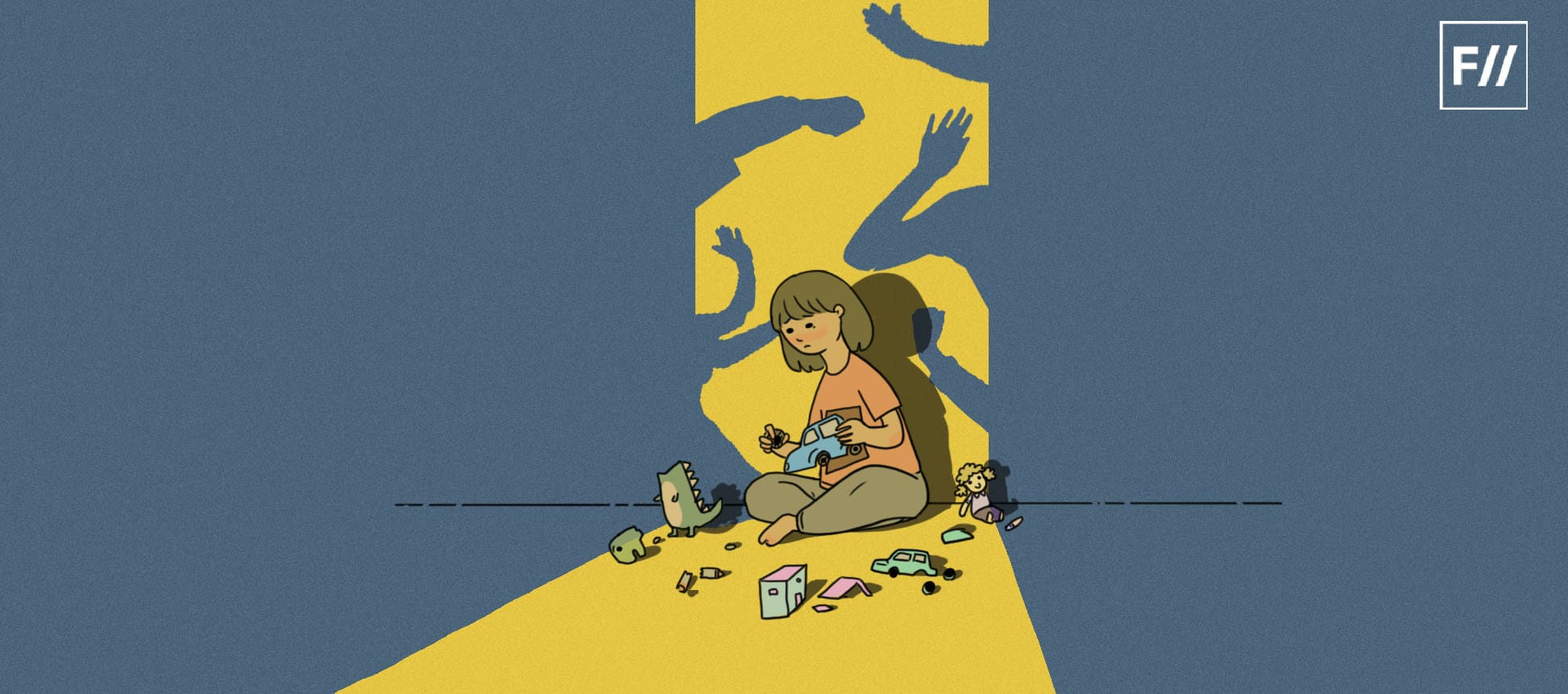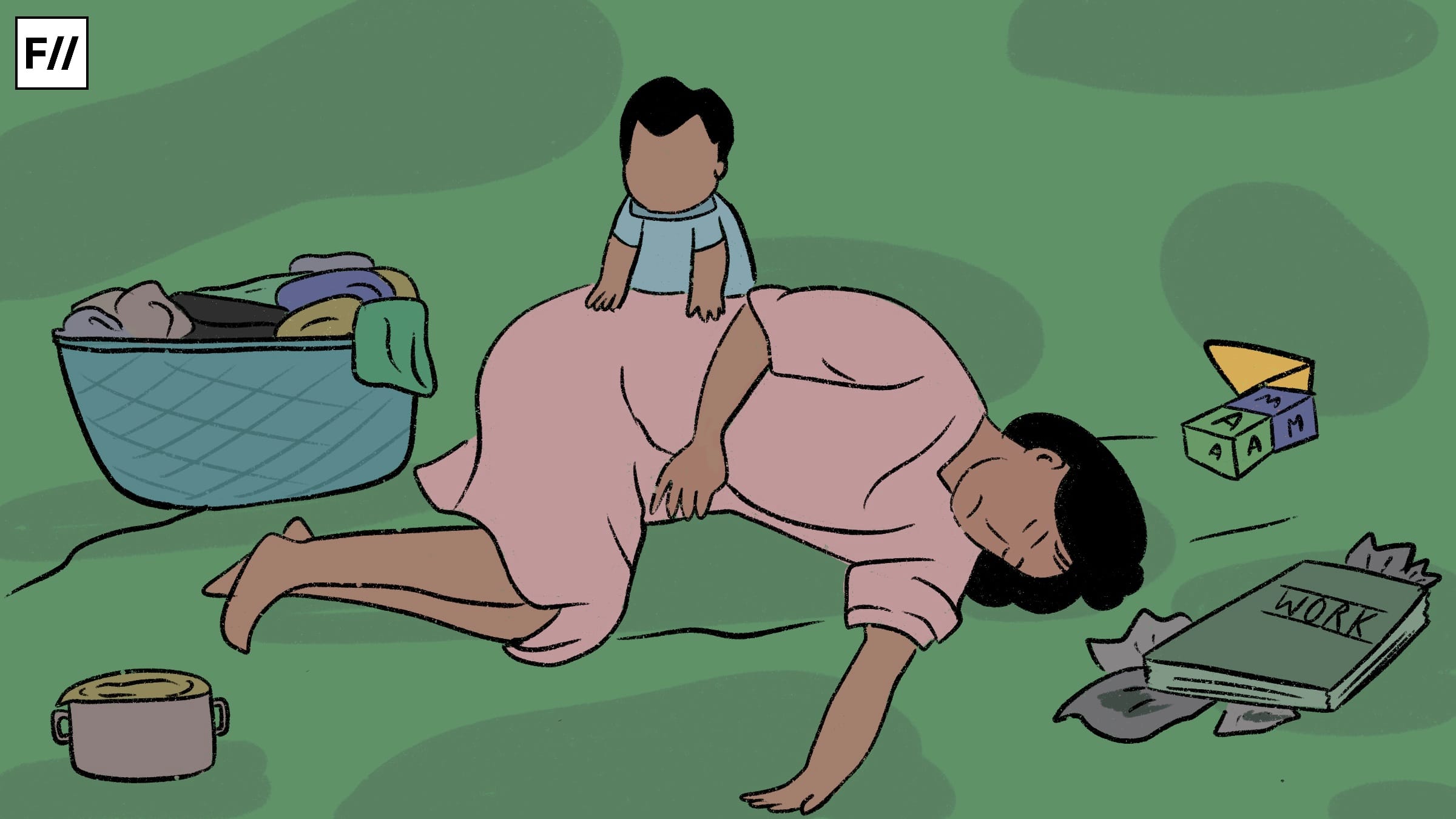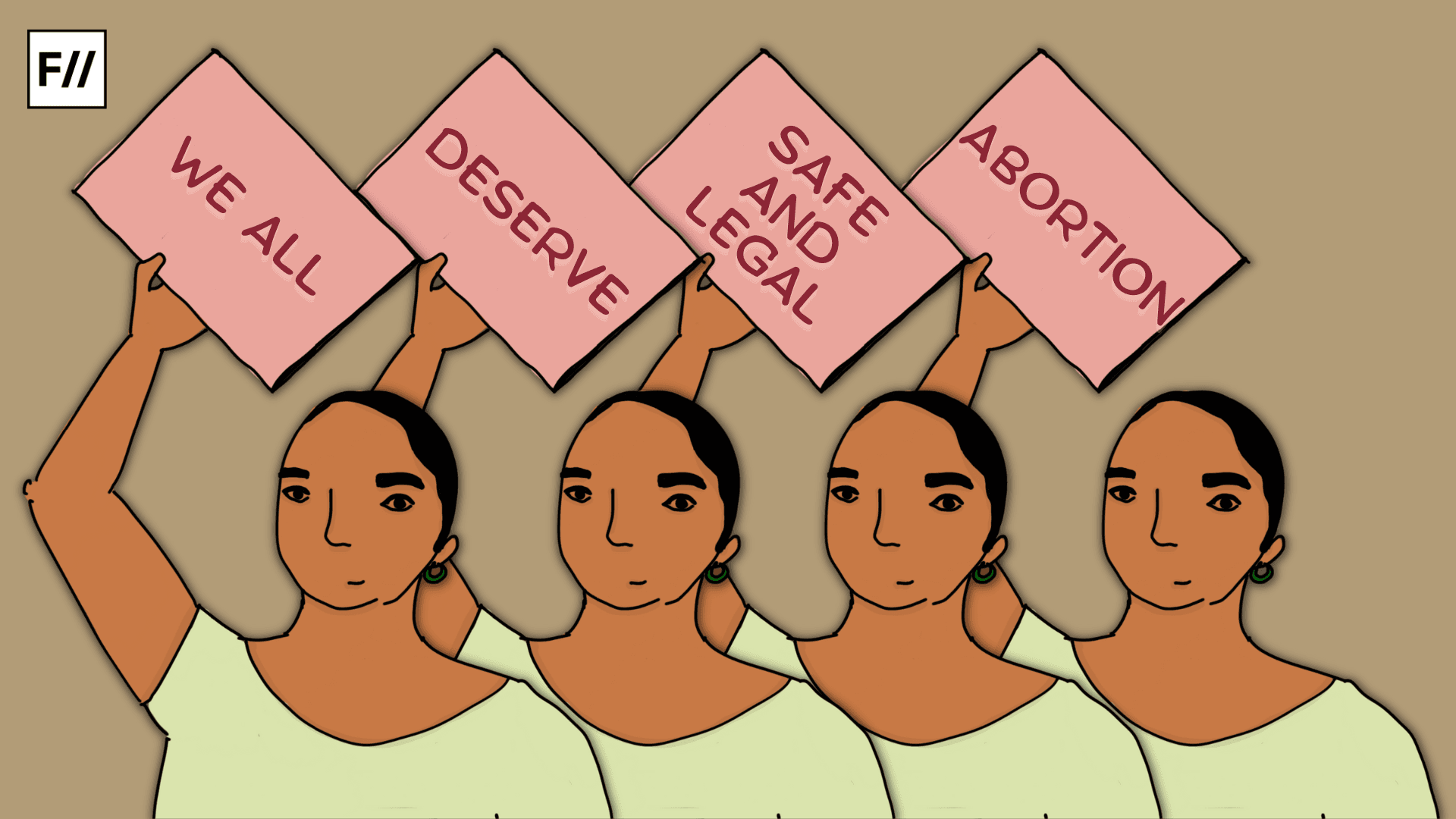When India implemented the POCSO Act 2012, it opened floodgates to the sobs of children suffering in silence. Hitherto suppressed voices of children began to reverberate across the nation, revealing the hypocrisy behind the public façade of family honour and the gut-wrenching reality behind closed doors.
As per the information given in the Rajyasabha on 25th July 2024 by Shri. Arjun Ram Meghwal, a total of 299,759 POCSO cases have been registered under the Act in the country. The sheer number of cases is a testament to the effective implementation of the law. However, it also opens up debates on prevailing uncertainties surrounding protection, prevention and awareness of the issue.
Often, when a media report of Child Sexual Abuse (CSA) surfaces, public outrage over the moral laxity of the perpetrator is followed by demands for severe punishment. What slips between these displays of justice is the victim’s life beyond the unfortunate experience. Think about, for example, the emotional trauma a child is burdened with, or the social stigma associated with any form of sexual abuse. That’s not all, unfortunately, the survivor’s body bears the repercussions of the abuse. However, most often, our knowledge of the health implications of CSA is very poor.
A public health concern
Freud, though briefly, was the first to consider the impact of child sexual abuse on the mental well-being of survivors. Over a century later, WHO identifies CSA as a humanitarian crisis gripping children all over the world. According to UNICEF, globally more than 370 million girls and women are victims of sexual assault as children. Sub-Saharan Africa has the highest number of victims, followed by Eastern and South-Eastern Asia. The number of victims in Central and Southern Asia, Europe, North America, Latin America, the Caribbean, northern Africa, Western Asia and Oceania are not any less. Imagine such a vast majority of future generations living in pain, fear and anxiety.
The sheer volume of victims also means heterogeneity of psychological, physical and social effects of CSA. No two children may experience consequences in a similar way. Since, most of such acts are veiled in secrecy under diktats of taboo, and nonexistence drawing generalised conclusions on the extent of their impact on the survivor is challenging.
Reproductive health consequences of Child Sexual Abuse
Reproductive health cannot be discussed in isolation from the psychological and social well-being of a person. Psychological harm has a domino effect on physical health which in turn impacts social wellbeing. The Australian Institute of Health and Welfare’s website offers insights on the correlation between CSA and its impact on mental health, health risk behaviours, and long-term impact on women. Anxiety disorders, depression, and Post Traumatic Stress Disorder are rampant among survivors of CSA. Some survivors might experience eating disorders, feel fear and could spiral into self-harm in the absence of proper intervention.
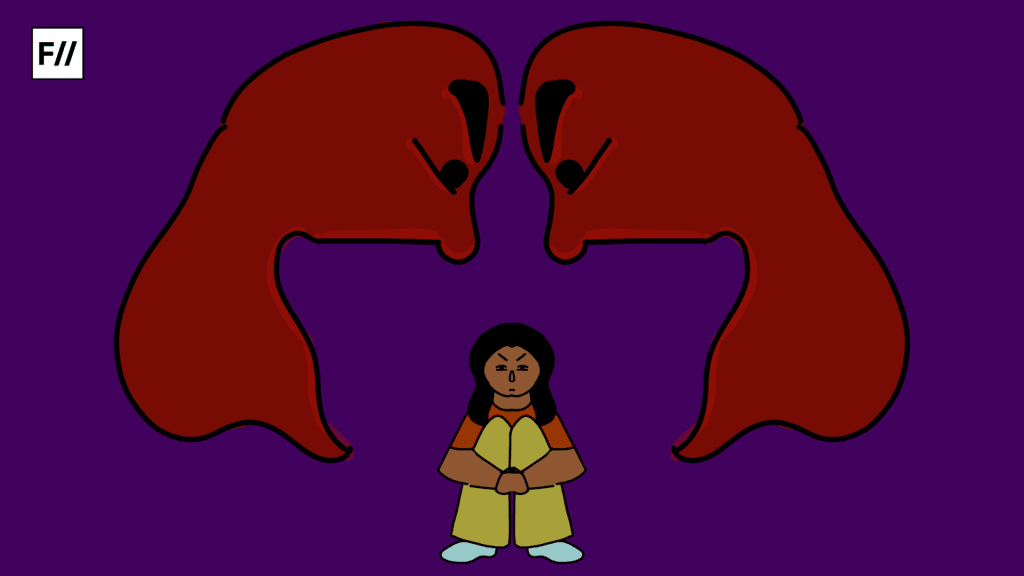
Immediate physical impact of CSA could include injuries to private parts, pain and even bleeding in cases of aggravated sexual abuse. In the long run, survivors may have sexual dysfunction, gynaecological problems, sexually transmitted diseases or an early onset of puberty and birth complications. Many women with a history of CSA experience an array of sexual dysfunction. These include sexual arousal disorder, difficulty in navigating desire, affected by shame, guilt and lower level of positive body image and self-esteem. These will have a direct impact on their social life causing them to show sudden withdrawal and isolation.
Central to these effects is an outright denial of reproductive rights. How hard it will be for an affected person to start (or not) a family, terminate or continue a pregnancy, and access a contraceptive measure and reproductive health services?
MTP, POCSO and a legal quagmire
In India often, CSA and reproductive health are discussed in legal quarters when an unwanted or unintended pregnancy comes to light. Implications of POCSO Act in India on Adolescent Sexuality: A Policy Brief provides a clear picture of the legal conundrum posed by the grey areas in the POCSO Act, the question of sexual autonomy of adolescents and how these are in contradiction with Article 21 of the constitution. A child is put through endless struggle to access proper health services which are unevenly distributed in the country. Having to revert to MTP Act is a step back from the leap made through POCSO in terms of child rights.
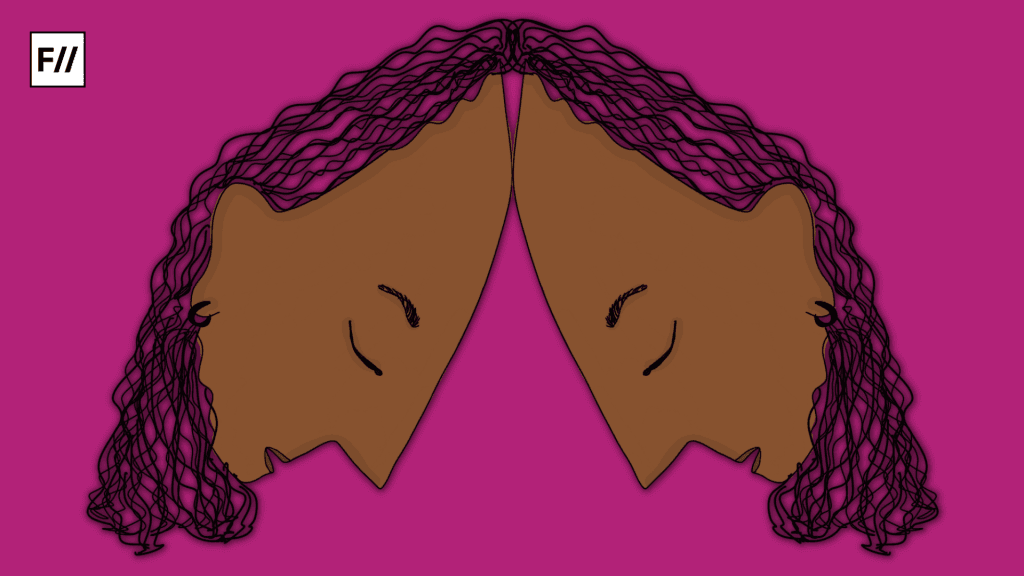
The past year alone newspapers were strewn with differing verdicts. In 2024, the Supreme Court of India reverted its earlier verdict and granted a 14-year-old girl to continue her pregnancy to term. According to a report by The Hindu in November 2024, the Kerala High Court division bench allowed the medical termination of the pregnancy of a 16-year-old girl. Media reports several cases where judges refused minor girls’ termination of pregnancy that crossed 20 weeks of term. A further probing into the matter shows parents and minors seek medical assistance only at a later stage.
Often the story goes, “minor girl with severe abdominal pain delivers baby” or “ignorant of pregnancy until late a minor girl seeks termination.” It is perplexing how a child as young as 12 could conceal pregnancy and related health complications for so long without knowledge of adults in her life. What goes behind closed doors of normative families could be a discussion of shame, stigma, fear and honour. How much autonomy and agency is accorded to minors is up for debate in such contexts.
In such cases where the criminal laws are at loggerheads with the constitutional provisions, it is left for the legal minds to decide on the matter considering the peculiarities of each case. However, it is precarious to depend on the myth of neutrality in judgments when there are ample stories that say otherwise. There is evidently no general consensus on these legal quandaries. Whatever the case, it is highly likely that a girl may be coerced to carry the pregnancy with moral, religious, and ethical dictums, and promises of marriage to save honour of some families. The possibilities are endless. It is the responsibility of the state and legal system to ensure the girl has autonomy over her body. This seems like a herculean task in a heterogeneous tradition-bound society as ours.
Reproductive healthcare in India
The government of India is rising to the challenge of meeting the needs of millions of children. Rashtriya Kishor Swasthya Karyakram launched in 2014 seeks to improve sexual and reproductive health of children above the age of 10. Reducing the number of teenage pregnancies is also an objective RKSK. School Health Programme in conjunction with the National Rural Health Mission aims at providing age-appropriate information to children including safe menstrual hygiene practices.
National Family Health Survey records that 38.5 lakh adolescent girls accessed sanitary napkins every month in 2023-24. By establishing Adolescent Friendly Health Clinics at various sectors of public health service centres 1.37 Crore adolescents could access healthcare services in the financial year 2023-24 alone.
While the numbers are definitely heartwarming, but, are we doing enough? Tiring as it may seem, it is high time we scale up the current initiatives lest many would slip through the cracks in the system.
The way forward for Child Sexual Abuse survivors
CSA is a silent pandemic affecting the future of humanity. It is high time we acknowledge its scope and the grip it has on our lives. Conducting more research on the intersections of CSA and reproductive health is important to form more expanded policy frameworks, intervention programmes and a comprehensive educational curriculum.
Next time, when your path crosses with a survivor in need of help, make an effort to hear them out and show some compassion. If possible help them access proper healthcare too.
